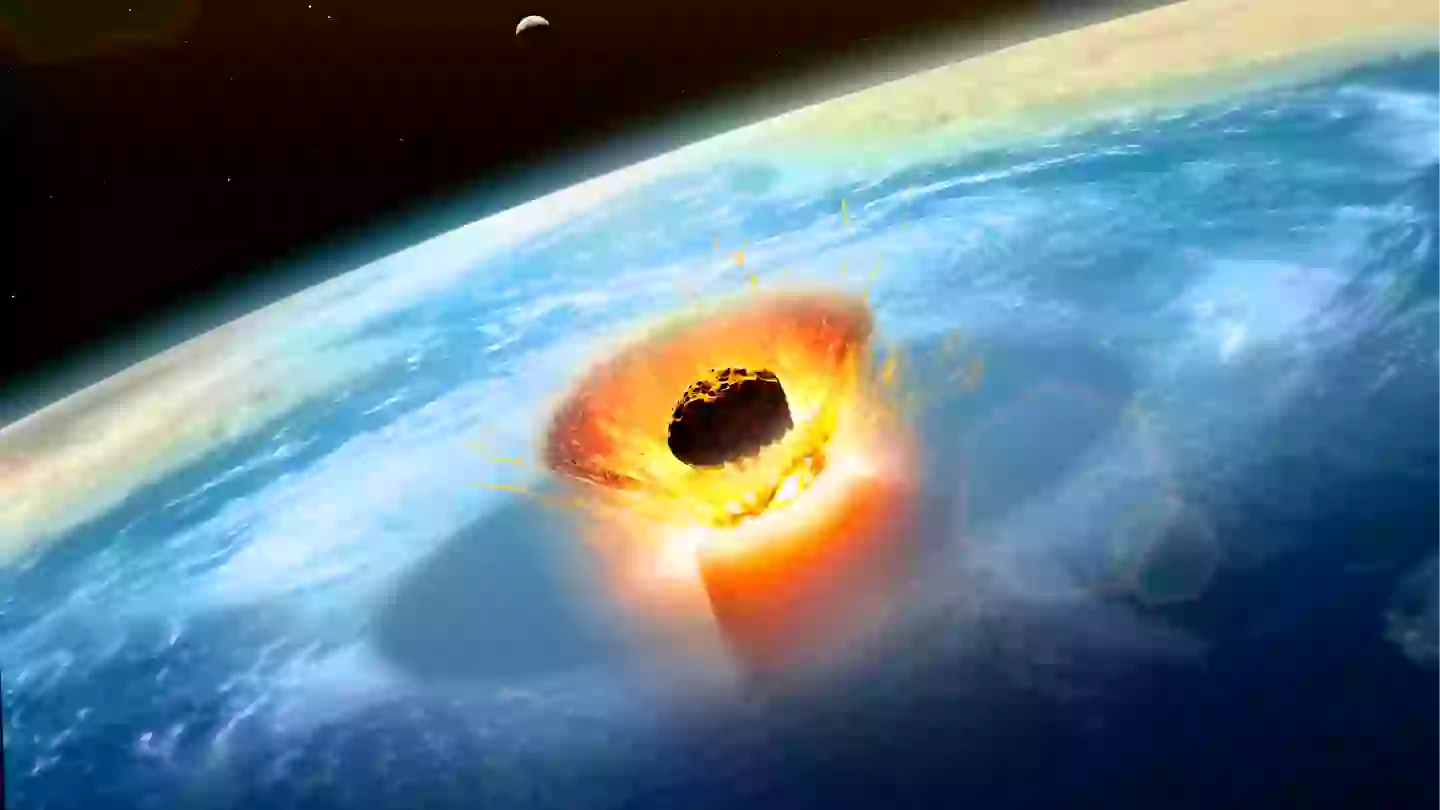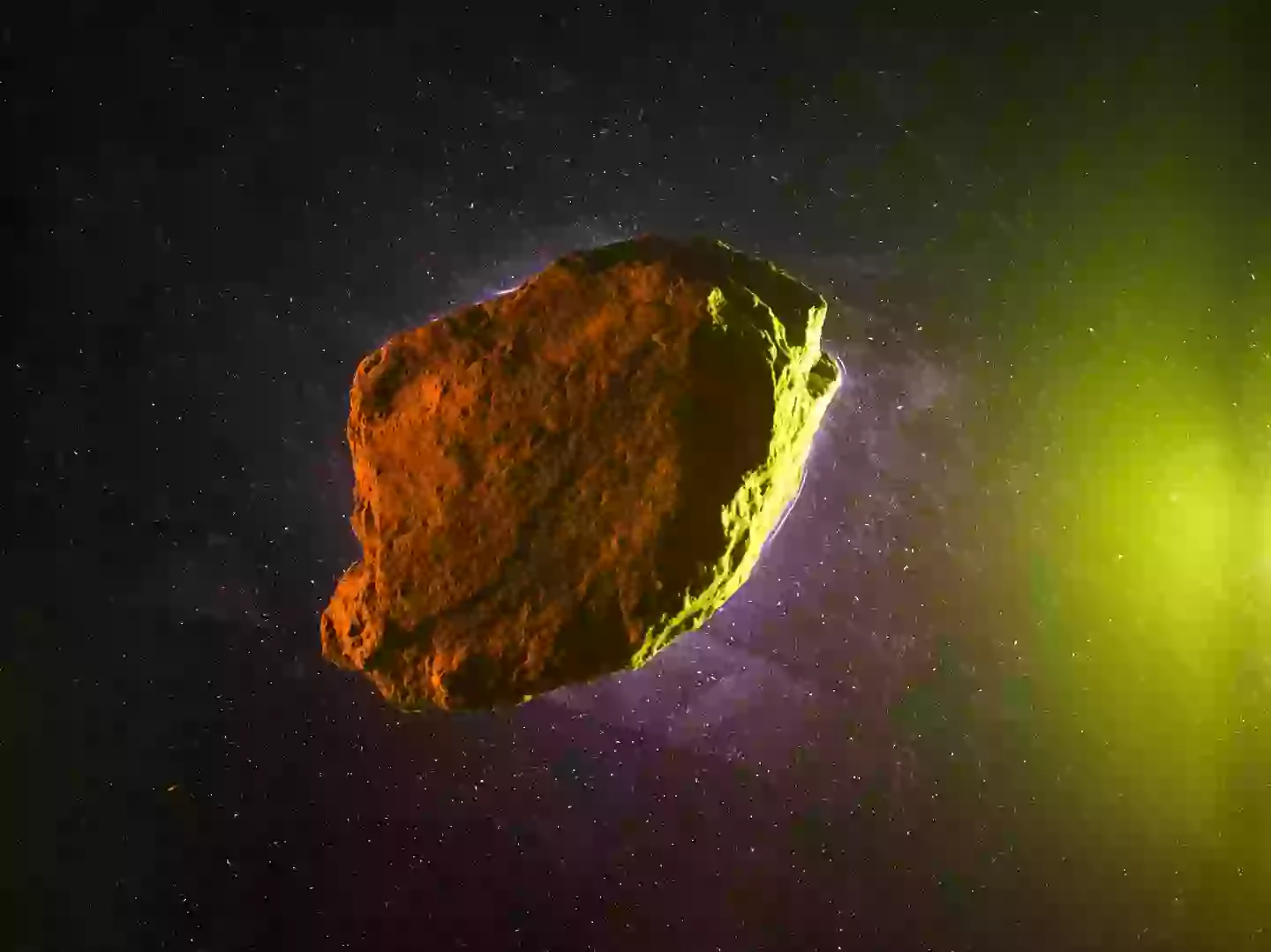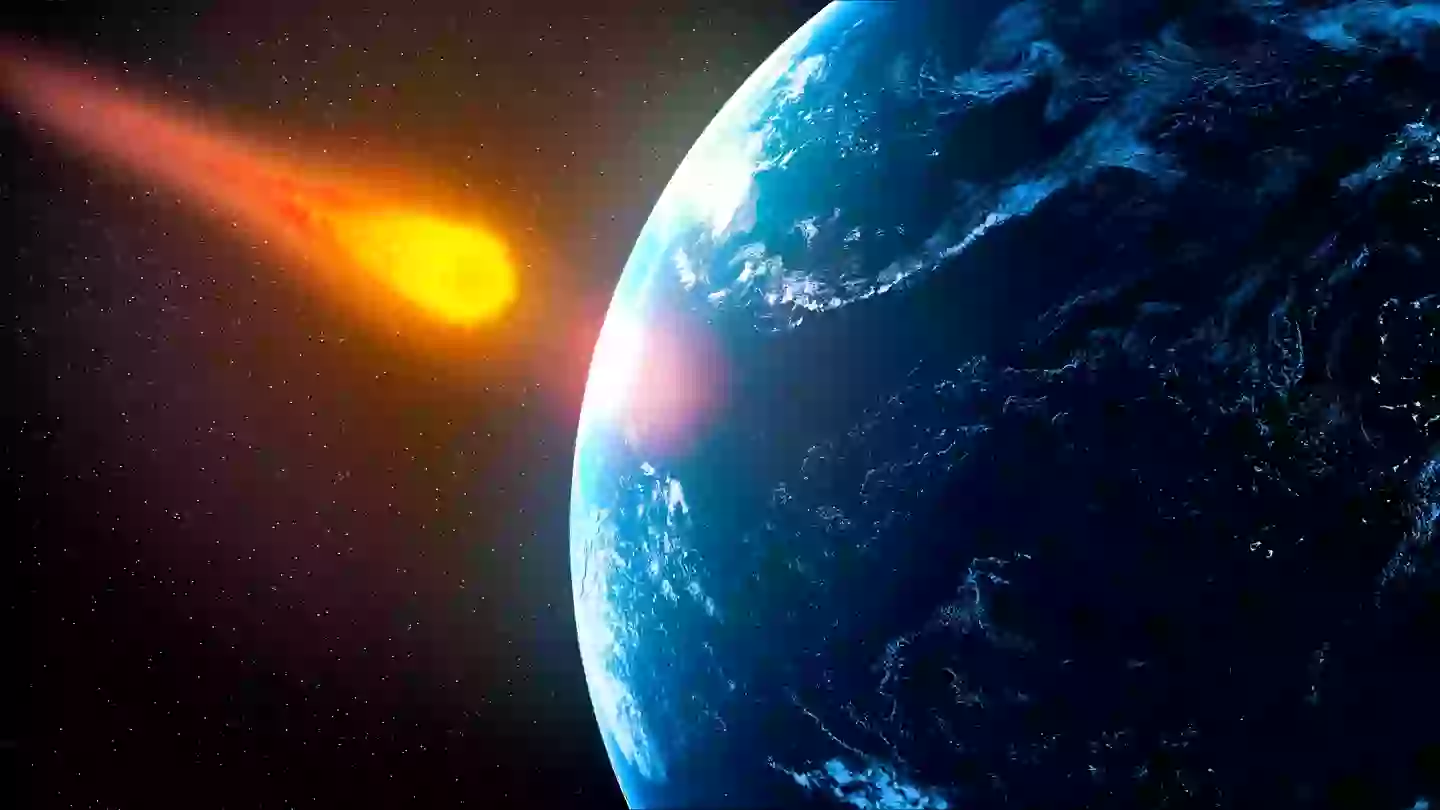
There’s a chance an asteroid is going to come hurtling through space and crash into Earth.
Yeah, OK, I know that sounds scary but when I say ‘chance’, I mean a 2.3 percent (1 in 43) chance. But hey, that’s still more than no chance at all.
Named 2024 YR4, the big bit of rock is travelling away from us at the moment, having passed by at a distance of 828,800 kilometres on Christmas Day 2024. It’s going to come back though, estimated to be getting pretty close in December 2032.
Measuring approximately 40 to 100 metres wide, people have been nicknaming the asteroid ‘the city destroyer’ as it has the capability of making quite the impact on Earth.
Advert
And with that, a NASA engineer has shared the countries that might be hit by the chunk of rock if it comes crashing down from space in seven years.
The current line from officials at the agency is that they are monitoring YR4 as an object of interest, so again, it’s really not something to be massively worrying about right now.
But if it does hit, NASA state that the damage would be ‘localised’ instead of us being wiped out like the dinosaurs.

Looking at this (small, small) possibility of collision, experts such as engineer with NASA’s Catalina Sky Survey Project David Rankin have drawn up a ‘risk corridor’.
Advert
Wired report that according to the asteroid’s current path, if it was to hit Earth, the experts reckon 2024 YR4 should fall somewhere in a band of territory stretching from northern South America, across the Pacific Ocean, to southern Asia, the Arabian Sea, and Africa. So, countries such as India, Pakistan, Bangladesh, Ethiopia, Sudan, Nigeria, Venezuela, Colombia, and Ecuador would be at risk.
The space agency explain that as more observations of the asteroid’s orbit are obtained, ‘its impact probability will become better known’.

And in some good news, it adds that it’s possible that 2024 YR4 ‘will be ruled out as an impact hazard’ which has previously happened with many other objects that have previously been on the NASA JPL asteroid risk list.
However, the space agency does point out: “It is also possible its impact probability will continue to rise.”
Advert
In the rather unlikely event it does hit the planet in 2032, the asteroid would impact at a high velocity, said to be roughly 17 kilometres per second (around 38,000 miles per hour).